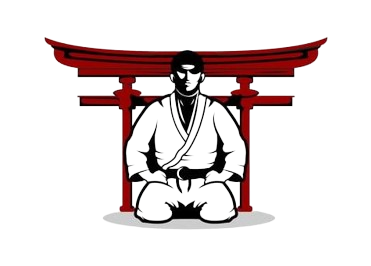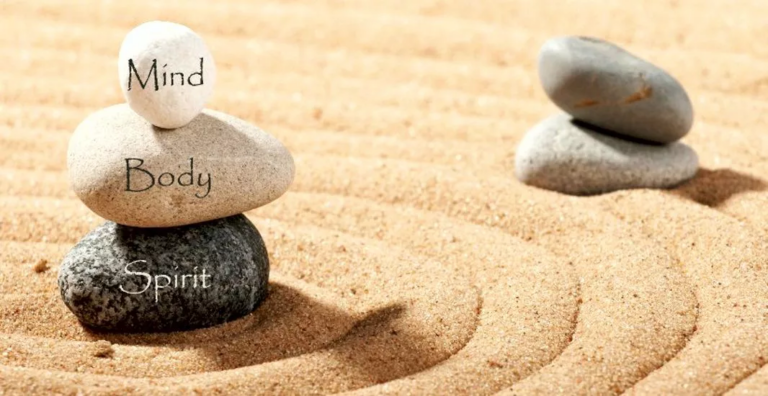The Evolution of Brazilian Jiu-Jitsu: From Self-Defense to Sport

Brazilian Jiu-Jitsu (BJJ) has transcended its origins as a self-defense martial art to become a widely practiced and respected sport. Rooted in Japanese Jujutsu and Judo, BJJ’s journey from the streets of Brazil to the global stage reflects its transformative evolution. This article explores the key milestones that have shaped Brazilian Jiu-Jitsu, highlighting its shift from a practical self-defense system to a competitive sport embraced by enthusiasts worldwide.
I. Historical Roots: A. Japanese Influence: BJJ traces its lineage to Japanese martial arts, with Mitsuyo Maeda, a Judo master, introducing these techniques to Brazil in the early 20th century. B. Helio Gracie and the Birth of BJJ: The Gracie family played a pivotal role in adapting and refining these techniques to suit smaller, weaker individuals, culminating in the development of Brazilian Jiu-Jitsu.
II. Self-Defense Philosophy: A. Focus on Ground Fighting: BJJ emphasizes ground fighting and submission holds, allowing practitioners to defend themselves effectively, even against larger opponents. B. Street-Tested Effectiveness: BJJ gained popularity in Brazil for its proven effectiveness in real-life confrontations, fostering a reputation as a reliable self-defense system.
III. Emergence as a Sport: A. The Gracie Challenge: The Gracie family’s open challenges to other martial artists led to the creation of Vale Tudo events, showcasing BJJ’s prowess in a competitive setting. B. The Birth of Brazilian Jiu-Jitsu Tournaments: The formation of organized tournaments, such as the Mundials and the Abu Dhabi Combat Club (ADCC) Championship, marked the transition from self-defense to sport.
IV. Globalization and Mainstream Recognition: A. UFC and BJJ’s Rise to Prominence: The Ultimate Fighting Championship (UFC) played a pivotal role in popularizing BJJ, as Royce Gracie’s success showcased the effectiveness of ground-based techniques. B. BJJ Academies Worldwide: With the Gracie family’s international expansion, BJJ academies sprouted globally, attracting practitioners eager to learn the art’s intricacies.
V. Sporting Innovations and Rule Changes: A. Point System and Time Limits: BJJ tournaments introduced a point system and time limits to encourage action and determine clear winners, contributing to its evolution as a sport. B. Gi and No-Gi Competitions: The introduction of no-gi competitions expanded BJJ’s versatility, allowing athletes to compete without the traditional uniform (gi).
Conclusion: Brazilian Jiu-Jitsu’s evolution from a self-defense system to a global sport reflects its adaptability and enduring appeal. With a rich history rooted in practicality, BJJ continues to captivate martial artists worldwide, blending tradition with innovation to create a dynamic and evolving discipline. As it transcends cultural and geographic boundaries, Brazilian Jiu-Jitsu stands as a testament to the transformative power of martial arts in shaping both individuals and communities.


